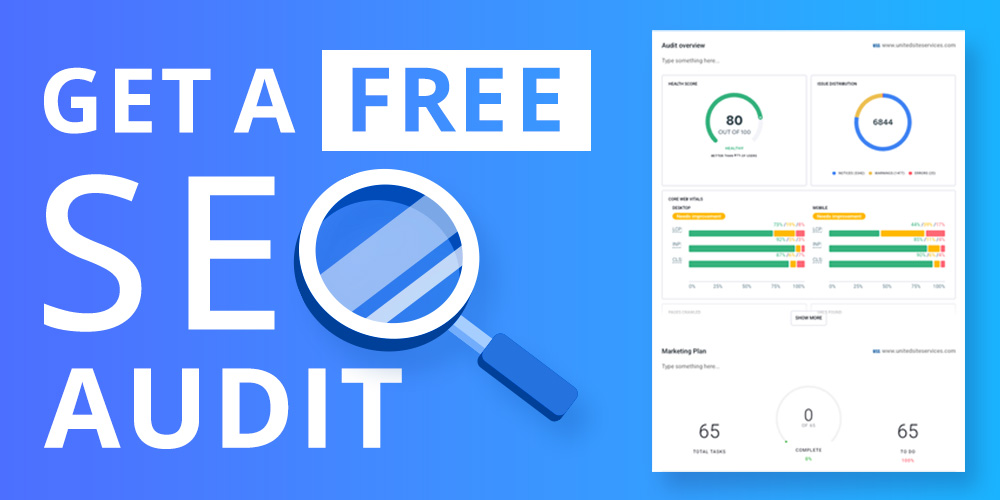


Google recently changed the allowable length for meta descriptions from 160 characters to 320 characters. It may not seem like all that big of a deal, but, in the SEO world, the extra space is like jumping from a rain puddle into a pond. Thus, there’s a lot of buzz in the SEO community about how it translates and if they should be making an effort to change all their existing and future meta descriptions to the longer length.
Yoast has announced that they’ve already changed their SEO plugin, but they also did some research to help others figure out if changing the tried and true meta description standard of 160 characters is worth the time and effort.

They picked the top 100 most frequently visited pages on the Yoast site. A baseline was established using data from Yoast’s Google Search Console account. This showed how each page ranked using previous meta descriptions in comparison to how they ranked after initiating the meta changes with Yoast SEO.
Original post: https://yoast.com/meta-description-length/
Pages were grouped according to the type of meta changes made by Yoast. The four different kinds of metas were as follows:
Group One
Group Two
Group Three
Group Four
The data, from all four groups prior to initiating meta changes, was compared to results from two weeks after the changes. Here’s what they found:
One of the biggest takeaways for the SEO community is the remaining importance of relevant content, particularly leading with rich, powerful, concise, relevant content. While not a guarantee by any means that Google will create a meta on their own or use the intro as the meta if they do, the fact that they created metas from the opening sentences of two-thirds of the research pages is a good reminder of why it’s so important to always write intros with meta descriptions in mind.
There’s also a lot of caveats to consider in the Yoast research, such as:
The research is good, but it’s also incomplete since it really doesn’t paint a broad picture of the impact metas have on various types of sites with less content, less authority and reputation, and just overall not as versatile as Yoast. For example, does Google still grab a meta description from a site with the majority of digital content?
Yes and no. There’s not a justification just yet to expend the time and energy to go back and revise all existing meta descriptions. The yes part is in taking the best advantage possible of the new length based on the known factors, which includes actions like:
If you like this article, please check out Search Ranking Algorithm Updates Confirmed 2018 or Changes in SEO and Google To Expect This 2018
Do you need an active content plan? Bright Vessel can help you develop a comprehensive content marketing strategy to strengthen your website’s and business’s bottom line. Contact us today to discuss how we can help you.

"*" indicates required fields

"*" indicates required fields

"*" indicates required fields
You must be logged in to post a comment.